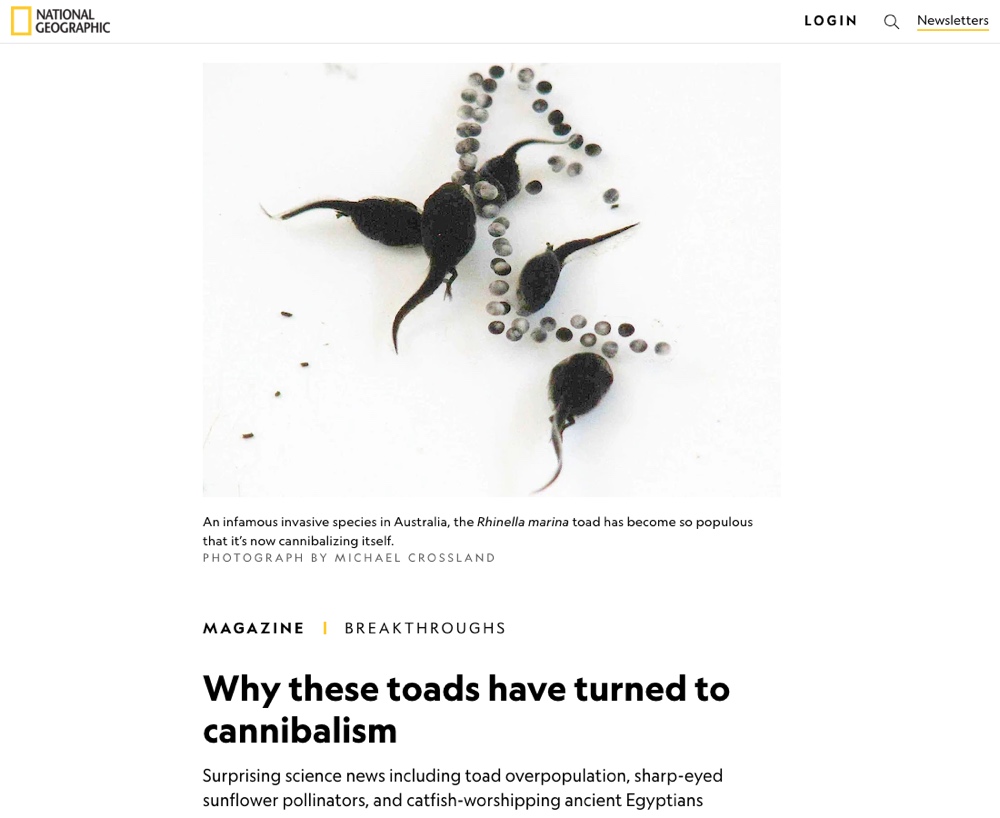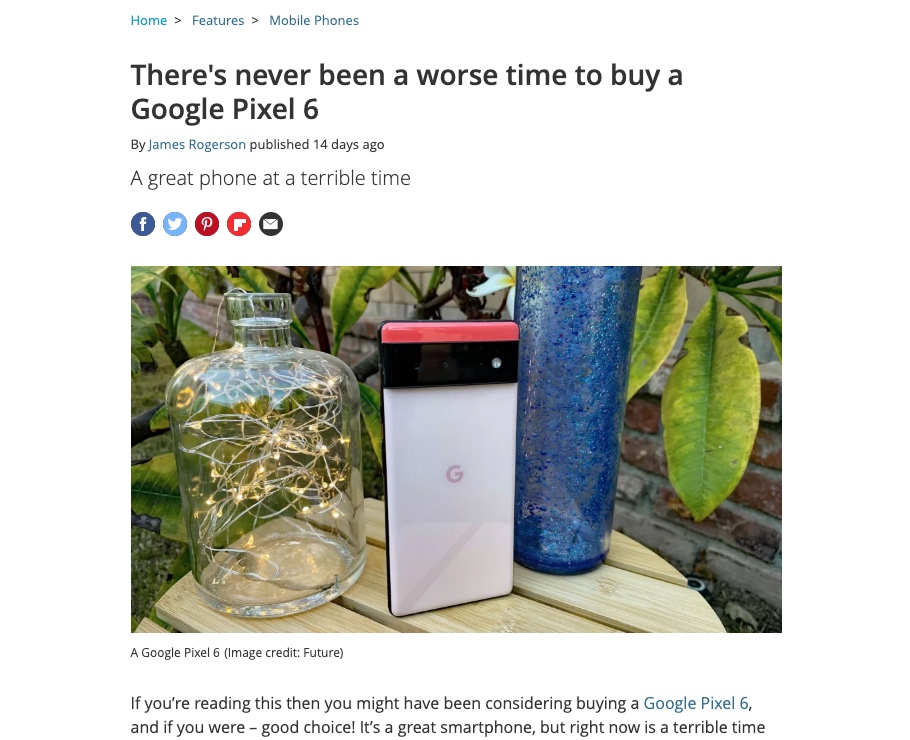5 Tips to Write the Most Clickable WordPress Headlines

The idea of sitting down and completing several headline writing exercises to find the “one” may seem extra. Still, it’s really not when you consider that your headlines are the number #1 most important thing you’ll write in WordPress every day.
Fact: If people don’t click your headlines, your content won’t get read.
Your headline is the part of your article that people are most likely to read. David Ogilvy, the “Father of Advertising”, believes that “on average, 5x as many people read the headline as read the body of the copy.” You might recognize this quote of his: “When you’ve written your headline, you’ve spent eighty cents out of your dollar.”
You don’t need to be an advertising genius to create a clickable headline. Free tools like the Headline Analyzer Studio can optimize your headlines, and headline writing exercises can draw out your best ideas.
Here are five such exercises designed to hook readers and help your headlines rank higher.
1. Use Headline Templates
If you’re out of ideas or just lacking inspiration, using a headline writing template can quickly put you back on track.
Here are three templates you can try:
“Why” Headlines
“Why” headlines are one of the most tried-and-true headline formats, especially when it comes to scoring social media shares. In 2014, a joint study between Fractl and BuzzStream looked at 220,000 articles from 11 verticals. They found that articles sporting “why” headlines earned an average of 21,000 shares per month.
“Why” headlines work because they harness people’s natural curiosity — we like to know “why” — it’s just part of human nature.
When we see a headline like “Why these toads have turned to cannibalism,” we have to click. Otherwise, the question “why did those toads turn to cannibalism” will stay in our minds all day.

Now, there is an art to writing a great “why” headline. You’ll need three crucial elements:
- The subject of the article. In National Geographic’s article, this was the toads.
- The action or outcome. In National Geographic’s article, this was cannibalism.
- The verb that joins the article’s subject and outcome. In National Geographic’s article, this was “turned to.”
Then, try placing your elements into this format:
“Why (subject) (verb) (action/outcome).”
For example: “Why Graphic Designers are Swearing Off Adobe Forever” or “Why Developers are Downloading This Chrome Extension.”
Or, if you want to put a twist on the traditional “why” headline, try this format:
“(Subject) (verb) (action/outcome). Here’s why.”
For example: “Graphic Designers Have Sworn Off Adobe Forever. Here’s Why” or “Over 15,000 Developers Have Downloaded The Bugs Chrome Extension. Here’s Why.”
The trick to building the best “why” headline is to play around with the words. Switch up the verbs you use, use an adjective, or add more mystery. Ask yourself: what about my headline sparks curiosity? Curiosity is the key.
List Headlines
List headlines spread extremely well online. Fractl and BuzzStream’s study found that they receive the most social traction, earning 22.45% of the shares studied.
Listicles are popular because the format of the article makes it easy and fun to read. People also get curious about the “x things” the headline teases, so they click to find out what they are.
There are a few great formats you can use in your list headline. Here’s a short list:
- X Things You Didn’t Know About Y
- X Things That Will Change The Way You See Y Forever
- X Things I Learned While Y-Ing
- X Things And What You Can Learn From Them
- What X Things Can Tell You About Y
- X Things To Y
To make these headlines work for you, try swapping “things” for a more specific word that describes your article. For example, if your article rounds up the best Instagram posts of 2022, you would put “X Instagram posts.”
How-to Headlines
How-to headlines don’t capture the same intrigue and mystery of “why” and list headlines, but they are still worth using. In Fractl and BuzzStream’s study, they scored 18.42% of the shares — so they are definitely clickable.
The great thing about how-to headlines is how easily you can customize them. You can take a basic headline format like one of the ones below and add your own flair to it by simply swapping words around.
- How To X
- How To X Without/With/Even If Y
- How To X While Y
- How To Use X To Y
- How To 10 In W Easy Tips
The trick to creating a clickable headline is to walk the line between educational and exciting very well. Would you rather click the headline “How To Write A Novel In Just Five Weeks (Yes, Really!)” or “How To Write Your Novel?”
Use adjectives, abstract expressions, and storytelling to make your headline exciting. One of the simplest and most clickable headlines I’ve seen read ”Here Comes the Sun—to End Civilization.” Who could resist clicking on that?

If your subject matter is more business-oriented, you can also spice up your headline by using one of these add-ons:
- – The Essential Guide
- (2022 Edition)
- – Everything You Need To Know
- (Exclusive)
- (+ Expert Tips)
Pro Tip: If you like the idea of using headline templates, install the Headline Analyzer Studio WordPress plugin. It will suggest “why,” “list”, and “how-to” headlines for you.
2. Write 25 Versions of Each Headline
If you think the first, second, and third headlines you write will be your best, you’re expecting too much of yourself. Our creative muscles work best when we set ourselves free of the need to be perfect and just experiment. That’s why this exercise is so great.
To do it, get out a notebook if you want to write by hand or a fresh document if you prefer to type. Then, challenge yourself to write 25 “why,” list, and how-to headlines following these rules:
- Once you write a headline, you leave it be
- If you think a headline is “too silly” or “a bit meh,” write it down anyway
- Experiment with several different styles and formats
- Be bold and take risks
- Allow yourself to take as much time as you need – don’t rush!
These rules are designed to stop the panicky parts of your brain from criticizing each headline (something that hinders your creativity).
Once you’ve listed at least 75 headlines, put your pen down and read each one aloud. Scientifically, writing more headlines unleashes your most creative ideas. You’ll probably notice that your later ideas are bolder and more creative.
To craft the best headline possible, highlight any headlines that stand out. If you like a particular phrase, style, or word, highlight it too.
Then, use your shortlist of headlines as inspiration to create a handful of new headlines that use the best parts of the old ones. This will narrow your list of choices down to three to five options.
You can select “the one” from these, or continue building new headlines until you’re satisfied. Alternatively, if you’d like to take a data-driven approach, split test your headlines.
This writing exercise may seem exhausting, but I guarantee you’ll like the results. When Upworthy asked their writers to complete this activity, they tested the first and last headline each writer came up with. The last headlines received triple the clicks.
3. Swipe Words Your Audience Uses
Your audience likely inspires your content, and they can inspire your headlines, too.
Structuring your content around keywords your audience searches for will help you rank better in SERPs. Keywords also allow your audience to find you, so using them is a best practice you shouldn’t ignore.
One headline writing exercise that will help you craft a good headline fast is to simply find keywords your audience searched for related to your topic. Then, swipe these keywords and create a master list (if you’ve already optimized your article for SEO, just use your primary, secondary, and LSI keywords). Then, run through the list and try to use each in a potential headline.
This activity will produce a handful of potential headline options. Take these options and tweak them until you land on an option with the “clickable” factor. You might want to try some of the other headline writing exercises in this article (like adding numbers and evoking emotion) to spice up your headlines as well.
Pro Tip: Sometimes, the best keywords for your article aren’t immediately obvious. The Headline Studio plugin can score the keywords in your headline and help you find alternate keywords that will help you rank better.
4. Add Numbers to Your Headline
Adding numbers to your headline is a surefire way to increase your reach by up to 36%. So, if you’re stuck for headline inspiration, looking at numbers is a smart way to beat procrastination and other articles in SERPs simultaneously.
For this exercise, scroll through your draft and identify any numbers your audience would be interested in. That number could be the number of points you cover (if you are writing a listicle) or a statistic. Take note of all possible choices so you can experiment with several.
Pro Tip: According to a study from BuzzSumo, the numbers three to 10 drive the most engagement on social media. If you’ve got them, use them!
Now, think about how you could turn each number into a winning headline. For example, if you were working with the statistic that 54.4% of global web traffic comes from mobile devices, you could experiment with a headline like “54.4% of Traffic is Mobile. Is Your Website Mobile-Friendly?”
Or, here’s how TechRadar titled an article about smartphones, for example.

Don’t settle for the first headline you come up with. Try to come up with three to five options for each data point. Brainstorming will get your creative juices flowing so you can settle on a headline that stands out.
5. Search for Emotional Synonyms
Headlines that evoke an emotional response get more social shares than headlines that don’t.
Your topic doesn’t need to be high-stakes, divisive, or hard-hitting for you to benefit from emotion-producing language. You can add a punch to your headline by simply swapping some of the words and phrases you use for more emotional alternatives.
For the sake of argument, let’s take the headline “5 Ways To Improve Your Marketing in 2022.”
There are two words in this sentence that we can target: “ways” and “improve.”
“Ways” doesn’t have a lot of emotion-provoking synonyms. But we can change how it impacts the reader by adding an adjective to it. As our article focuses on making marketing better, “painless,” “simple,” and “effortless” are good choices.
“Improve” has many synonyms that provoke emotion, including “boost,” revamp,” “revise,” and “upgrade.”
Using these upgrades, we can turn our dry headline into one of these options:
- 5 Painless Ways To Upgrade Your Marketing in 2022
- 5 Effortless Ways To Boost Your Marketing in 2022
- 5 Seriously Simple Ways To Revamp Your Marketing in 2022
So and so forth.
Not all your new sentences will pack the right punch, so it’s worth trying several combinations and comparing them to find the right one. Trial-and-error is your friend here.
Pro Tip: Headline Analyzer Studio is also your friend here. You can use it to search a word bank that contains hundreds of emotion-driven power words.
How to Use Headline Writing Exercises to Your Advantage
You don’t need to be a celebrated wordsmith or a gifted poet to craft a compelling headline that makes people RUN to click on your article.
If you’re struggling to make your headlines clickable, try these five headline writing exercises:
- Turning to proven headline formats like the “why,” list, and how-to formats
- Listing 25 potential headlines
- Generating headlines based on keywords from your audience
- Building your headline around numbers
- Adding emotional language to your headline
And, of course, use Headline Analyzer Studio and the Headline Analyzer WordPress Plugin to your advantage. These tools use data to turn dry headlines into compelling ones that your audience can’t ignore.




Comments
No comments yet. Why don't you kick off the discussion?